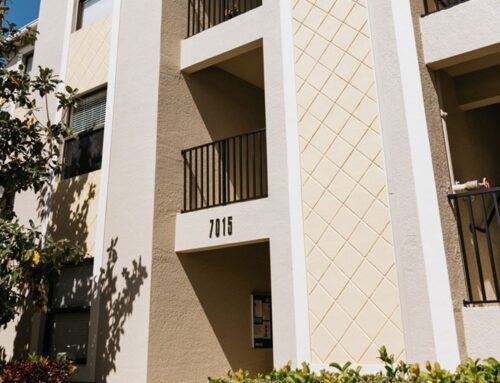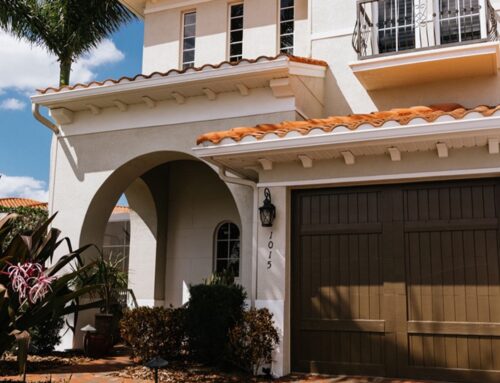Imagine carefully selecting the perfect shade for your home or business, envisioning a flawless transformation, only to find peeling, bubbling, or uneven paint just months after application. While the right color choice is essential, what happens before the first coat goes on is equally—if not more—important. Poor surface preparation is one of the leading causes of premature paint failure, often resulting in costly repairs and unnecessary frustration. Before diving into a new painting project, it’s crucial to understand the risks of skipping proper prep work and why a professional approach can save time, money, and stress in the long run.
The Impact of Inadequate Surface Preparation
Many homeowners and business owners assume that painting is a simple process of rolling or brushing on color, but the truth is, the longevity of a paint job heavily depends on the condition of the surface underneath. Neglecting to clean, sand, prime, or repair a wall before painting can lead to several issues, including:
- Peeling and Flaking: When dirt, grease, or old paint residue remains on a surface, new paint struggles to adhere properly. Over time, this results in peeling and flaking, which not only looks unsightly but also requires scraping and repainting much sooner than expected.
- Bubbling and Blistering: Moisture trapped beneath paint layers often leads to bubbling and blistering. This is common in areas like bathrooms or kitchens where humidity levels are high. The U.S. Department of Energy highlights that proper ventilation and moisture-resistant primers can significantly reduce this risk.
- Cracking and Chipping: If an old coat of paint is not properly removed or sanded, new paint may fail to bond seamlessly, leading to visible cracks and chips. The Journal of Architectural Coatings suggests that poor adhesion due to improper surface prep is one of the top reasons for repainting within just a few years.
- Streaks and Uneven Finishes: Dust, grime, or leftover wallpaper glue can prevent even paint application, creating an inconsistent, streaky look. This problem is exacerbated when darker colors are applied over light surfaces without a proper primer.
The Hidden Costs of Skipping Prep Work
At first, rushing through the preparation phase might seem like a way to save time and effort, but the long-term consequences can be costly. Inadequate prep work often results in the need for frequent touch-ups, full repaints, or even structural repairs if moisture damage sets in.
Commercial properties face even steeper consequences when poor paint preparation impacts their professional image. A peeling or streaky exterior can give customers a negative first impression, affecting foot traffic and potentially impacting business revenue. Research by Color Research & Application highlights that a well-maintained and visually appealing business environment can influence customer perception and purchasing behavior.
Beyond aesthetics, the structural integrity of a building can be compromised when preparation steps are skipped. For example, failing to seal cracks before painting can allow moisture to seep into drywall or wooden surfaces, leading to mold growth and rot. The National Association of Home Builders reports that neglecting proper paint preparation can accelerate surface deterioration, ultimately requiring costly repairs far beyond just a fresh coat of paint.
How Professional Preparation Saves You Time and Money
Professional painters understand that preparation is the foundation of a long-lasting, high-quality paint job. While it may take extra time upfront, it prevents problems down the road. Key steps include:
- Thorough Surface Cleaning: Professionals ensure walls are free from dust, grease, and mildew before painting, using appropriate cleaning solutions to prevent adhesion issues.
- Proper Patching and Repairs: Holes, cracks, and imperfections are filled and smoothed out to create an even surface for painting.
- Sanding and Priming: The right primer enhances paint adhesion and ensures color vibrancy, preventing streaky or uneven results.
- Moisture and Humidity Considerations: For humid areas, moisture-resistant primers and sealants help protect walls from future damage.
A well-prepared surface ensures not only a beautiful finish but also a paint job that lasts longer, reducing the need for frequent maintenance.
Investing in a Flawless Finish
Skipping proper preparation might seem like a shortcut, but it often leads to expensive, time-consuming repairs down the line. Whether refreshing a single room or repainting an entire commercial building, taking the time to do things right the first time is essential to ensuring lasting beauty and durability.
At A Step Above Painting, we understand that the difference between a short-lived paint job and one that stands the test of time comes down to preparation. Our team of experts takes the necessary steps to ensure surfaces are in perfect condition before applying the first coat, so you can enjoy flawless results for years to come. Reach out today for a free consultation or quote and let us help you achieve the professional, lasting finish your home or business deserves.





